Cardamom is primarily used for enhancing flavor in both sweet and savory dishes, as well as for its potential health benefits. Common uses include baking, making chai tea, adding to coffee, and in traditional medicine for digestion and respiratory health. Whether you're a home cook or professional chef, this versatile spice can transform your recipes with its unique aroma and taste.
Table of Contents
- What Is Cardamom?
- Types of Cardamom
- Top Uses of Cardamom
- Practical Tips for Using Cardamom
- Buying Guide for Cardamom
- Frequently Asked Questions
- Conclusion
What Is Cardamom?
Cardamom is a spice derived from the seeds of plants in the Elettaria genus, which belongs to the ginger family. It's native to the tropical regions of South and Southeast Asia, particularly India, Sri Lanka, and Guatemala. The plant produces small green pods, each containing tiny black seeds that are the source of the spice.
There are two main types of cardamom: green and black. Green cardamom is the most commonly used in culinary applications, while black cardamom has a smokier, more intense flavor and is often used in Indian and Nepalese cuisines.
| Type | Flavor Profile | Best For |
|---|---|---|
| Green Cardamom | Minty, citrusy, sweet | Baking, desserts, beverages |
| Black Cardamom | Smoky, earthy, pungent | Stews, curries, meat dishes |
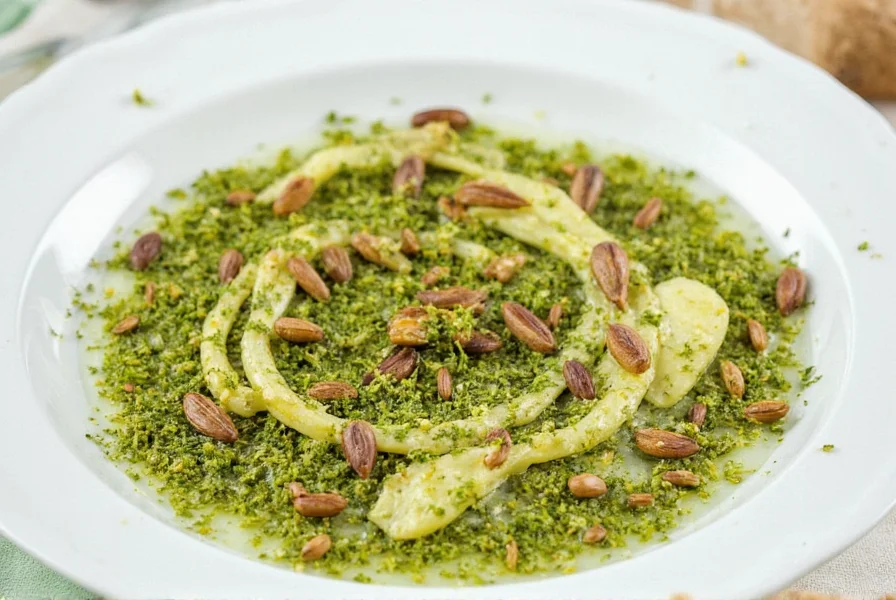
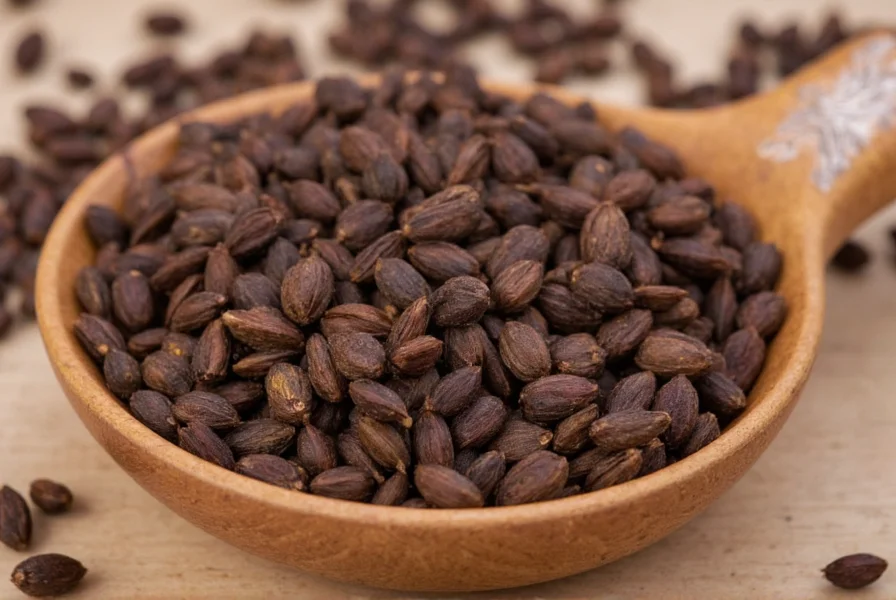
Top Uses of Cardamom
Now that you know what cardamom is and the different types available, let's dive into the many ways it can be used in the kitchen. Whether you're a seasoned chef or a home cook, cardamom is a must-have in your spice rack.
1. Baking and Desserts
Cardamom adds a warm, aromatic flavor to baked goods. It's a staple in Scandinavian pastries like kanelbullar (cinnamon buns) and in Middle Eastern desserts such as mahalabia (a milk-based dessert). You can also use it in cakes, cookies, and breads for a subtle, spicy kick. For optimal results, use freshly ground cardamom seeds in your recipes.
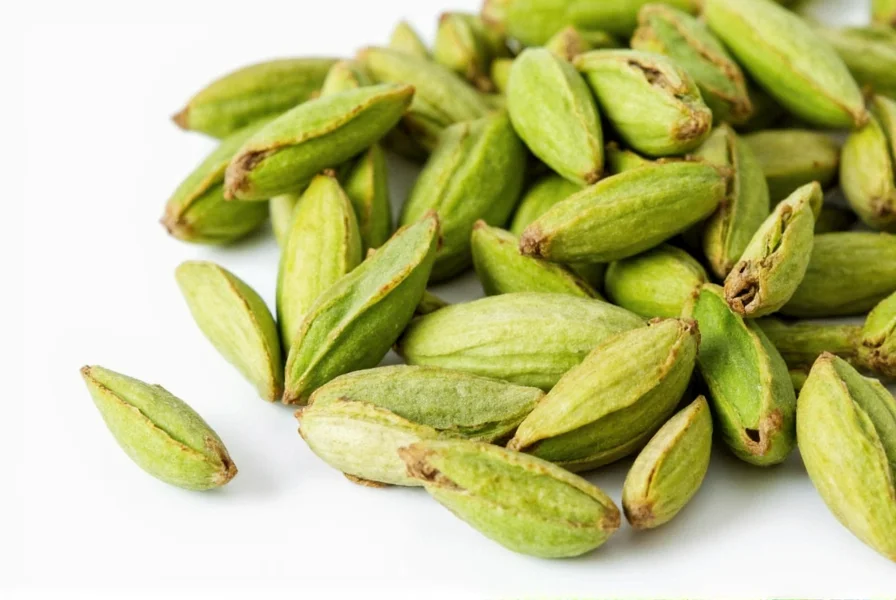
2. Beverages
Cardamom is widely used in drinks, especially in coffee and tea. In India, it's a common addition to masala chai, giving the tea a rich, spiced flavor. You can also add it to hot chocolate, lattes, or even cocktails for an exotic twist. For best results, crush whole pods and steep them in hot liquids for 5-10 minutes to release the full flavor.
3. Savory Dishes
While cardamom is often associated with sweets, it shines in savory recipes too. It's a key ingredient in many Indian and Middle Eastern dishes, including biryanis, pilafs, and stews. Its unique flavor complements meats, vegetables, and rice dishes beautifully. Green cardamom works well in light meat preparations, while black cardamom's smoky flavor complements hearty stews and curries.
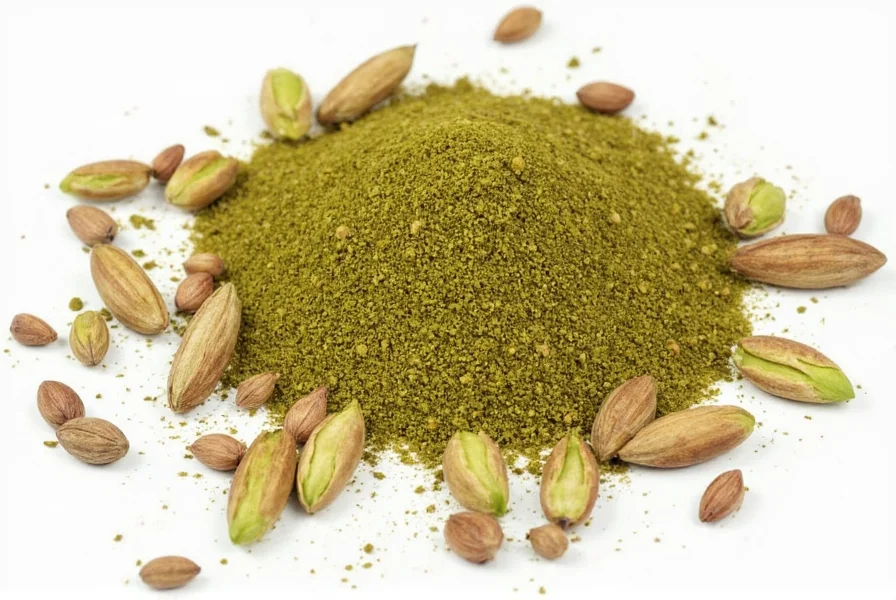
4. Spiced Nuts and Snacks
Cardamom is a popular seasoning for nuts and snacks. It pairs well with almonds, cashews, and raisins, creating a deliciously spiced treat that's perfect for snacking or adding to trail mixes. Simply toast nuts with a pinch of ground cardamom for an instant flavor boost.
5. Natural Remedies
Beyond the kitchen, cardamom is known for its health benefits. It's believed to aid digestion, freshen breath, and even support respiratory health. According to traditional Ayurvedic medicine, cardamom has been used for centuries to support digestive health and reduce inflammation. Some people use it in teas or as a natural remedy for nausea and bloating.
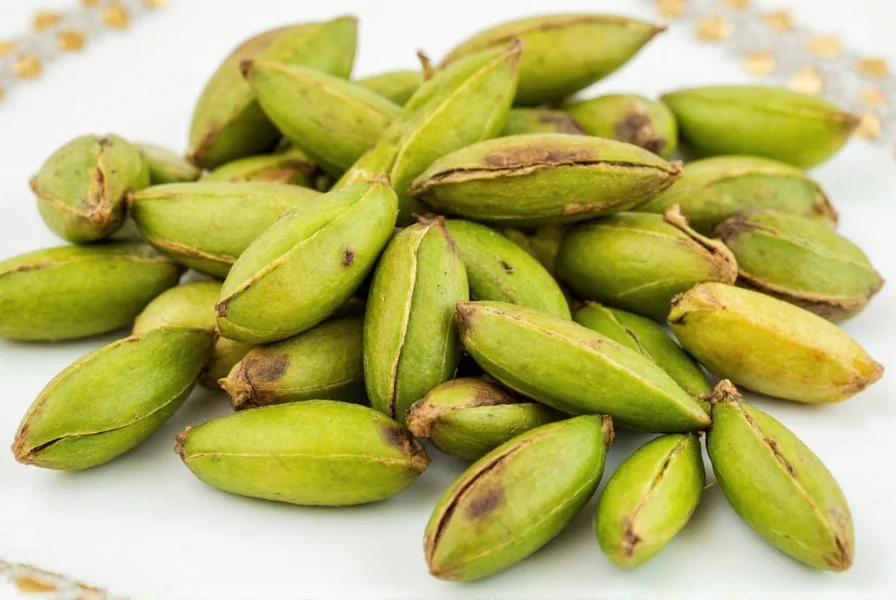
Practical Tips for Using Cardamom
Here are some tips to help you get the most out of cardamom in your cooking:
- Toast it before using: Toasting cardamom seeds enhances their flavor. Simply heat them in a dry pan until they start to release their aroma.
- Crush it for better flavor: Crushed cardamom releases more oils and flavor than whole seeds. Use a mortar and pestle or a spice grinder for best results.
- Add it early: When cooking, add cardamom early in the process so its flavor can infuse into the dish.
- Use sparingly: Cardamom is strong, so a little goes a long way. Start with a small amount and adjust to taste.
- Pair it wisely: Cardamom pairs well with cinnamon, cloves, nutmeg, and vanilla. Experiment with these combinations to find your favorite flavor profiles.
Buying Guide for Cardamom
Choosing the right cardamom can make a big difference in your cooking. Here's a guide to help you select the best product for your needs:
Green Cardamom
Green cardamom is the most versatile type and is ideal for most recipes. Look for plump, dark green pods with a strong, sweet aroma. Avoid any that are discolored or have a stale smell. For baking and beverages, this is the preferred choice.
Black Cardamom
Black cardamom has a more intense, smoky flavor. It's best suited for savory dishes, especially in Indian and Nepalese cuisine. Choose pods that are slightly darker in color and have a strong, earthy scent. This variety works well in meat dishes and stews.
Ground Cardamom
If you prefer convenience, ground cardamom is a great option. However, it loses potency quickly, so buy it in small quantities and store it in an airtight container away from light and heat. For best flavor, grind whole pods just before use.
Cardamom Pods vs. Seeds
Whole pods are preferred in many recipes because they allow you to remove the seeds after cooking. If you're using seeds, crush them just before adding to your dish for maximum flavor. For beverages, whole pods can be steeped and removed before serving.
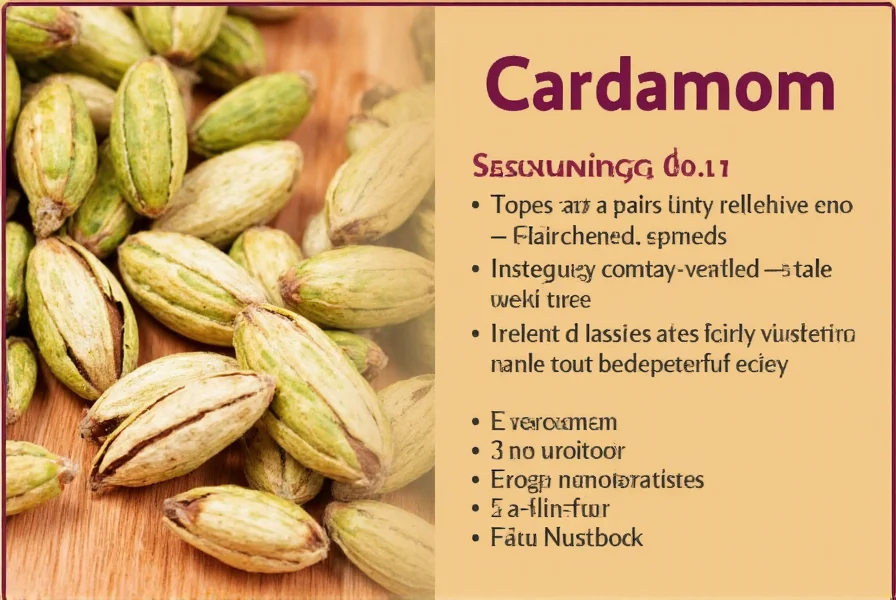
Frequently Asked Questions
What is cardamom commonly used for in cooking?
Cardamom is incredibly versatile in cooking. It's widely used in baking (especially Scandinavian and Middle Eastern pastries), in beverages like coffee and chai tea, in savory dishes such as biryanis and stews, and as a seasoning for nuts and snacks. Its unique flavor works well in both sweet and savory applications.
Can cardamom be used in savory dishes?
Absolutely! While often associated with sweet dishes, cardamom is a key ingredient in many savory recipes. It's particularly common in Indian, Middle Eastern, and Scandinavian cuisines. Green cardamom works well in rice dishes and light meat preparations, while black cardamom's smoky flavor complements hearty stews, curries, and grilled meats.
What beverages can I add cardamom to?
Cardamom enhances many beverages. It's traditionally used in Indian masala chai and Middle Eastern coffee. You can also add it to hot chocolate, lattes, smoothies, lemonade, and even cocktails. For best results, crush a few pods or use freshly ground cardamom and let it steep in hot liquids.
What are the health benefits of cardamom?
Cardamom has been used in traditional medicine for centuries. It's believed to aid digestion, freshen breath, reduce inflammation, and support respiratory health. Some studies suggest it may help lower blood pressure and improve oral health. It's rich in antioxidants and has antimicrobial properties, making it a popular natural remedy in many cultures.
How much cardamom should I use in recipes?
Cardamom is potent, so a little goes a long way. For most recipes, start with 1/4 to 1/2 teaspoon of ground cardamom or 3-6 crushed pods per serving. Adjust to taste as you become more familiar with its flavor. When using whole pods in cooking, remember to remove them before serving as they're not meant to be eaten.
What spices pair well with cardamom?
Cardamom pairs beautifully with cinnamon, cloves, nutmeg, ginger, and vanilla in sweet dishes. For savory applications, it complements cumin, coriander, turmeric, and black pepper. In Middle Eastern cuisine, it's often combined with rose water or orange blossom water for desserts.
Can I substitute ground cardamom for cardamom pods?
Yes, but with some considerations. As a general rule, 10 cardamom pods equal about 1 teaspoon of seeds, which equals approximately 1/2 teaspoon of ground cardamom. For best flavor, use freshly ground cardamom when substituting for pods. Keep in mind that ground cardamom loses potency faster than whole pods, so you may need to use slightly more for the same intensity of flavor.
How should I store cardamom to keep it fresh?
To maximize freshness, store cardamom pods in an airtight container in a cool, dark place. Whole pods retain their flavor for up to a year, while ground cardamom starts losing potency after about 6 months. For long-term storage, keep whole pods in the freezer where they can maintain quality for up to 2 years.
Conclusion
Cardamom is more than just a spice—it's a flavor enhancer that can transform your cooking in countless ways. Whether you're baking, brewing, or preparing a savory meal, cardamom used for is limited only by your imagination. With its unique flavor profile and versatility, it's a spice that deserves a place in every kitchen.
So next time you reach for your spice rack, don't forget to grab a few cardamom pods. Your taste buds—and your guests—will thank you!
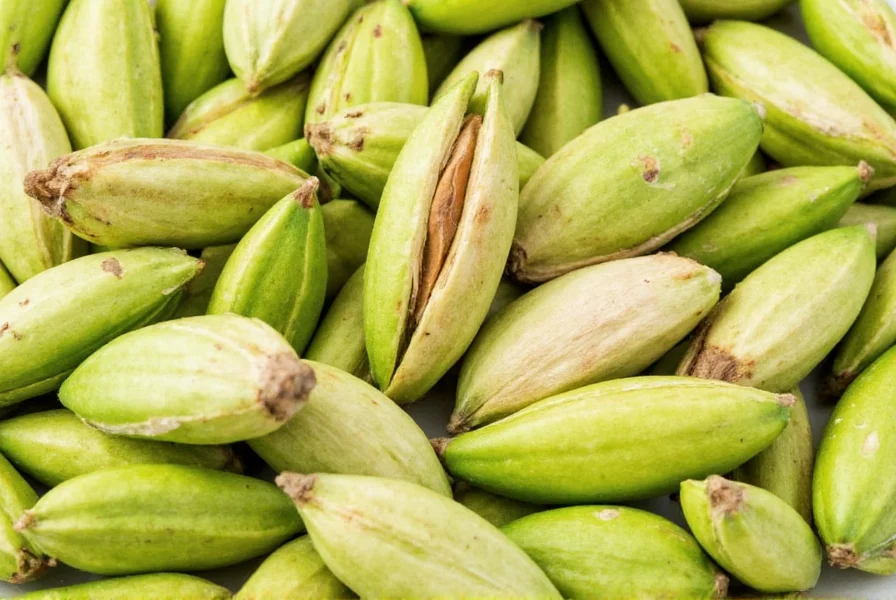











 浙公网安备
33010002000092号
浙公网安备
33010002000092号 浙B2-20120091-4
浙B2-20120091-4